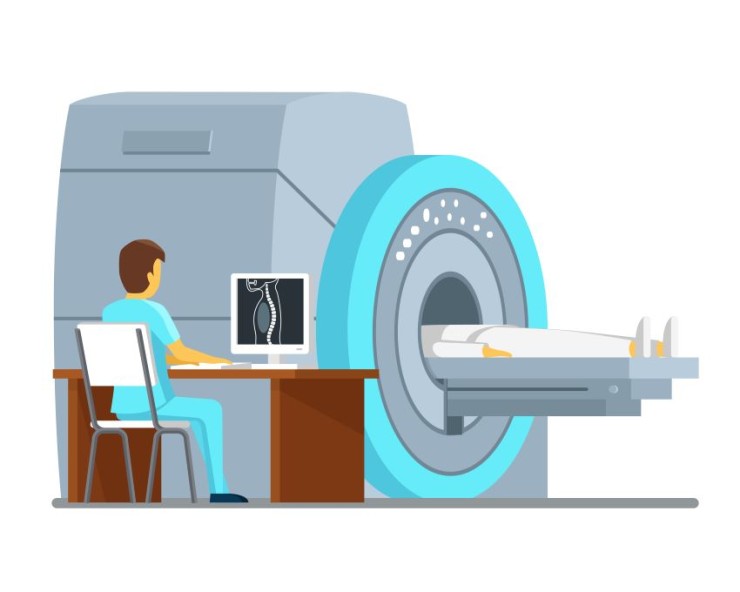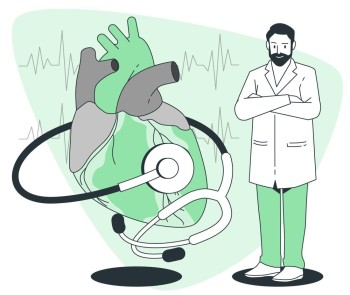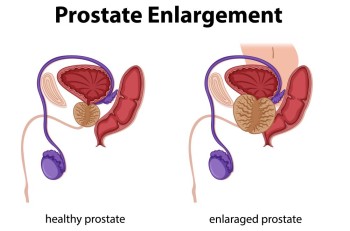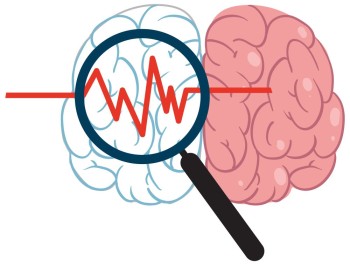
Discover the transformative realm of MRI Musculoskeletal Imaging, a sophisticated diagnostic tool revolutionizing orthopedics.
MRI
Musculoskeletal with Cost
MRI
Musculoskeletal Imaging: Unraveling the Intricacies of Orthopedic Diagnosis
Discover the transformative realm of MRI Musculoskeletal Imaging, a sophisticated diagnostic tool revolutionizing orthopedics. This article navigates through its purpose, procedure, advantages, and limitations, shedding light on its pivotal role in identifying and treating various musculoskeletal conditions.
1. Introduction
The realm of orthopedic diagnosis has witnessed a paradigm shift with the advent of MRI Musculoskeletal Imaging. This non-invasive technique has become integral in providing detailed insights into the complex structures of the musculoskeletal system.
2. Understanding MRI Musculoskeletal Imaging
2.1. Purpose and Applications
MRI Musculoskeletal Imaging serves the purpose of capturing high-resolution images of bones, joints, ligaments, tendons, and soft tissues, enabling precise diagnosis and treatment planning.
2.2. Significance in Orthopedics
In orthopedics, MRI plays a crucial role in identifying and evaluating various musculoskeletal disorders, guiding orthopedic surgeons in developing effective treatment strategies.
3. Procedure of MRI Musculoskeletal Imaging
3.1. Patient Preparation
Patients preparing for MRI Musculoskeletal Imaging need to ensure they wear appropriate clothing and remove any metallic accessories. Communicating any concerns with the technologist is essential for a smooth procedure.
3.2. Imaging Process
During the imaging process, patients lie on a table that slides into the MRI machine. The scanner captures detailed images, offering a comprehensive view of the musculoskeletal structures.
3.3. Types of Musculoskeletal MRI
Different types of musculoskeletal MRI exist, including those focusing on specific joints or regions. Tailoring the imaging approach to the patient's condition ensures optimal diagnostic accuracy.
4. Advantages and Limitations
4.1. Detailed Soft Tissue Visualization
One of the primary advantages of MRI Musculoskeletal Imaging lies in its ability to provide highly detailed images of soft tissues, crucial for diagnosing conditions such as ligament injuries and joint disorders.
4.2. Identification of Musculoskeletal Disorders
The imaging technique excels in identifying a wide range of musculoskeletal disorders, from common ligament and tendon injuries to more complex conditions like bone tumors and lesions.
4.3. Considerations and Constraints
Despite its effectiveness, MRI Musculoskeletal Imaging may have limitations, including longer imaging times and considerations for patients with claustrophobia or metallic implants.
5. Common Conditions Diagnosed by MRI Musculoskeletal
5.1. Ligament and Tendon Injuries
MRI Musculoskeletal Imaging is instrumental in identifying and assessing ligament and tendon injuries, providing crucial information for treatment decisions.
5.2. Joint Disorders
Various joint disorders, including arthritis and synovitis, can be accurately diagnosed and monitored through musculoskeletal MRI.
5.3. Bone Tumors and Lesions
The technique plays a pivotal role in detecting and characterizing bone tumors and lesions, aiding in timely intervention and appropriate management.
6. Preparing for MRI Musculoskeletal
6.1. Clothing and Accessories
Patients should wear comfortable clothing without metallic elements to ensure optimal imaging. Removing accessories like jewelry is also necessary.
6.2. Communicating with the Technologist
Open communication with the technologist about any concerns or anxieties is crucial to ensure a smooth and stress-free imaging experience.
7. Post-Procedure Care and Follow-up
7.1. Reviewing Results with Healthcare Providers
After the procedure, healthcare providers discuss the results with patients, providing insights into the identified issues and outlining recommended treatment plans.
7.2. Discussing Treatment Plans
The information gathered from MRI Musculoskeletal Imaging significantly influences treatment plans, allowing healthcare providers to tailor interventions based on precise diagnostic findings.
8. Comparison with Other Imaging Techniques
8.1. X-rays vs. MRI Musculoskeletal
Comparing MRI Musculoskeletal Imaging with X-rays reveals the superiority of MRI in terms of detailed soft tissue visualization and its ability to diagnose a broader range of musculoskeletal conditions.
8.2. CT Scans vs. MRI Musculoskeletal
While both imaging modalities offer valuable information, MRI Musculoskeletal Imaging stands out for its enhanced soft tissue contrast and lack of ionizing radiation.
9. Technological Advancements in Musculoskeletal MRI
9.1. High-Resolution Imaging
Ongoing advancements focus on improving the resolution of musculoskeletal MRI, providing even clearer images for precise diagnosis.
9.2. Emerging Trends in Research
Research in musculoskeletal MRI explores new techniques and contrast agents, aiming to further enhance diagnostic capabilities and expand the range of conditions that can be effectively imaged.
10. Real-Life Patient Experiences
10.1. Testimonials and Case Studies
Real-life patient experiences underscore the effectiveness of MRI Musculoskeletal Imaging in accurately diagnosing and managing various musculoskeletal conditions.
10.2. Influence on Treatment Approaches
The information gathered from musculoskeletal MRI significantly influences treatment approaches, allowing healthcare providers to tailor interventions based on precise diagnostic findings.
11. Conclusion
MRI Musculoskeletal Imaging emerges as a cornerstone in orthopedic diagnostics, providing a detailed and non-invasive look into the complex structures of the musculoskeletal system. Its versatility in diagnosing a range of conditions, coupled with ongoing technological advancements, positions it as a transformative tool in enhancing patient care.
(0)
Login to continue



